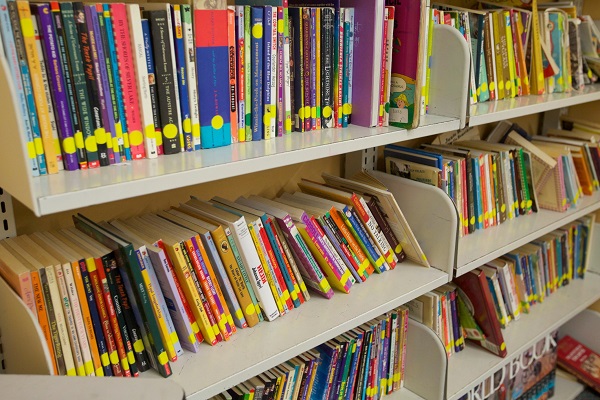Eastside Pathways spoke to Tracy Maury on the Grade Level Reading Challenge
What is the Grade Level Reading Challenge?
The Grade-Level Reading Challenge (GLRC) is a national campaign by a collaboration of funders, businesses and community stakeholders including the National Civic League, the National League of Cities, the US Conference of Mayors, and the United Way Worldwide to inspire and support communities to work to close the gap in reading achievement that separates many low-income students from their peers. The award will be given to communities (counties, regions, whatever) that develop the most comprehensive, realistic and sustainable plans for addressing three issues: school readiness, school attendance and summer learning. Over 160 communities submitted letters of intent. As a member of the GLR Network, Eastside Pathways has access to experts in the three focus areas, models of programs with proven impact, peer organizations also working to develop solutions, and informational webinars.
Why is 3rd grade reading important?
Literacy is a gateway skill to academic success. There’s a saying – until third grade, children learn to read. After third grade, they read to learn. The three strategies in the campaign – school readiness, attendance, summer reading – have all been shown by research to significantly contribute to ensuring kids are able to read at grade level. School readiness contributes to success in school. When children enter Kindergarten with early learning experiences, they are more likely to succeed. Regular school attendance matters. When children attend school every day, they are present for daily lessons in literacy, math, science, social studies, and more. This means they have time in school to learn and practice their newly acquired skills. Students who participate in summer learning experiences are less likely to experience a “summer slide” in their literacy and math skills. Taken together, school readiness, school attendance, and summer learning can go a long way to supporting students’ budding literacy skills and ensuring that every child is able to achieve reading proficiency. By better preparing and supporting students early, we will be able to increase the likelihood of their success – graduating from high school, earning a career credential and obtaining a living-wage job.
Why was this effort selected as a strategy?
The Eastside Pathways Core Team recognized that the GLRC maps directly to the collective impact model of relying on data regarding student achievement, working across sectors and mobilizing the community. Also, the timing is perfect – many of the metrics and indicators we’ve worked to define over the winter contribute directly to literacy. Finally, it provides us the opportunity as partners to learn to work together and start the process of improving kids’ chances for success.
Doesn’t it just focus on the preschool and primary-aged children? What about older youth?
True, the GLRC does focus on kids at third grade and younger. But it’s clear that improving outcomes for these kids contribute to success throughout life. And the skills and relationships developed for GLRC will allow us to better integrate programs for all BSD youth. We expect GLRC to be the first of several important collaborative strategies in Bellevue, supporting kids from cradle to career.
Watch the Summer Learning Loss video

